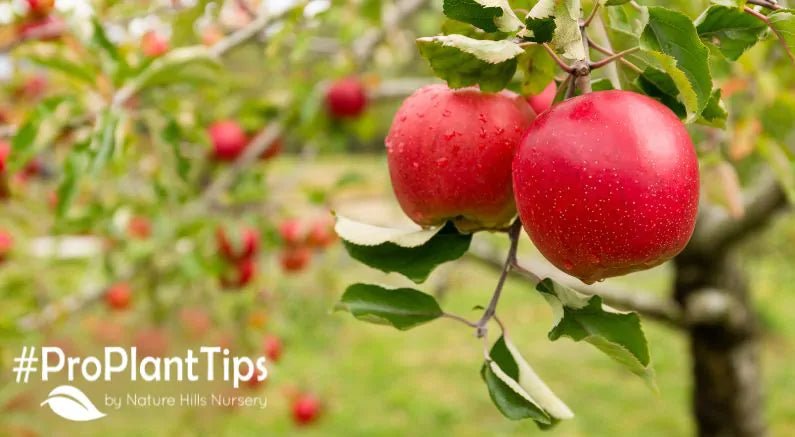 Growing apple trees can be a fun and rewarding experience for the home gardener. Growing apple trees is a relatively easy process, and yields delicious fruit that can be enjoyed by everybody. There are, however, many factors to consider before attempting to grow apple trees in the garden. The first consideration when growing apple trees is what size tree is desired. Apple trees come mainly as a scion, or top portion, grafted ontoapple tree a rootstock. The type of rootstock used will help determine the eventual size the tree will grow to. Some rootstocks will produce a full sized tree, while others will dwarf the tree and make it grow smaller. Growing apple trees that are dwarfed is more common in the home garden.
Growing apple trees can be a fun and rewarding experience for the home gardener. Growing apple trees is a relatively easy process, and yields delicious fruit that can be enjoyed by everybody. There are, however, many factors to consider before attempting to grow apple trees in the garden. The first consideration when growing apple trees is what size tree is desired. Apple trees come mainly as a scion, or top portion, grafted ontoapple tree a rootstock. The type of rootstock used will help determine the eventual size the tree will grow to. Some rootstocks will produce a full sized tree, while others will dwarf the tree and make it grow smaller. Growing apple trees that are dwarfed is more common in the home garden.A second consideration before growing apple trees is that nearly all apple trees do not self-pollinate. This means that to grow apple trees that bear fruit, more than one tree needs to be planted. The two or more trees used should also be of different species with similar bloom times. This will provide healthier and more abundant fruit. Some varieties of apple tree will pollinate better than others, and selection should take this into consideration.
Apple trees will tolerate a wide range of soils, so long as water and nutrients are not limited and the pH level is adequate. The soil used for growing apple trees should be well draining, as standing water in the roots can kill the trees.The location should also be in a higher level, as cold air in the spring will settle in lower areas and possibly damage the tree.
Apple trees will usually begin to bear fruit in the forth or fifth year. Most varieties of apple trees require a good wind block, as the fruit will get blown off before maturity. Many varieties of apple tree will require 130 to 150 frost free days per year in order to grow properly and bear fruit. The fruit of an apple tree will reach maturity at differing times, depending on variety and climate. There is no specific date at which to expect to harvest ripe apples. Observation alone is generally the key to discerning a ripe apple tree. The apples should come off easily with no tearing, and the flesh should be yellow or white. The skin will change from its original color to one that is generally darker. Once the apples look mature, the only way to find out is to take a bite. Mature fruit from an apple tree will be crisp, juicy, and delicious.


